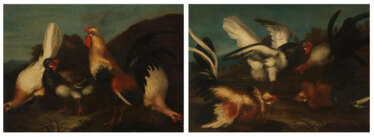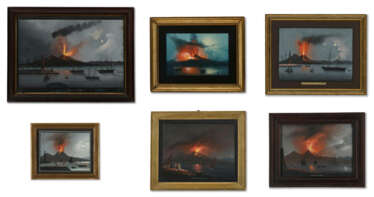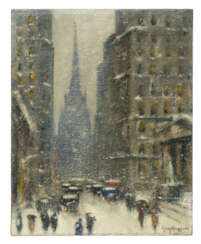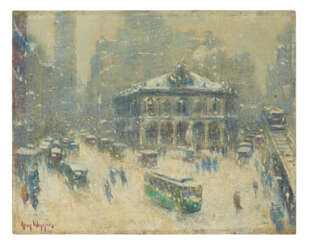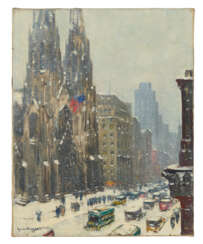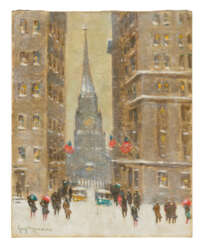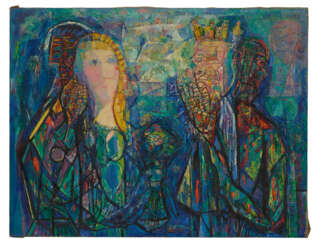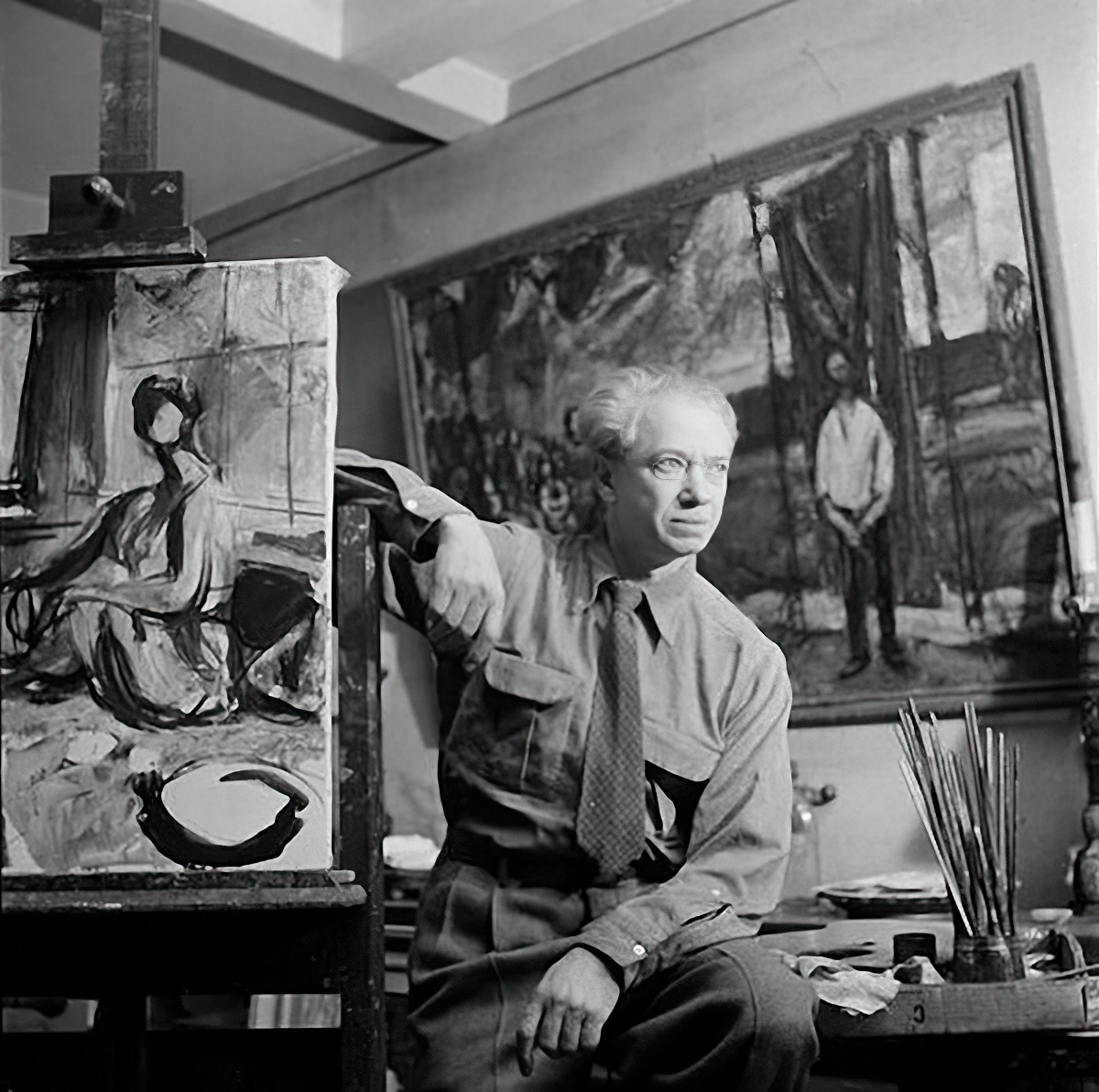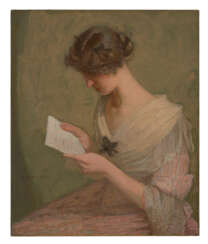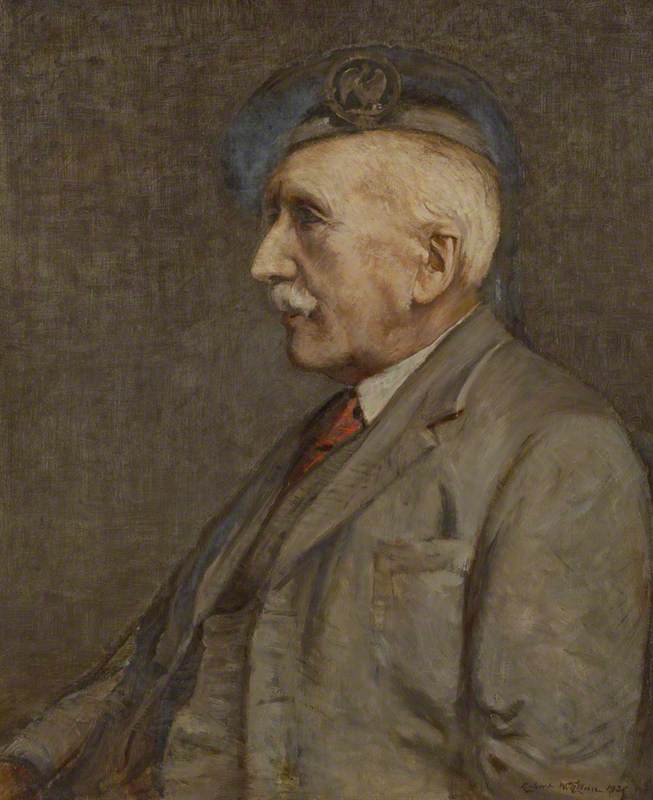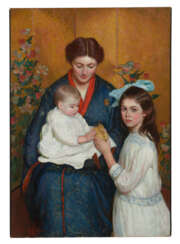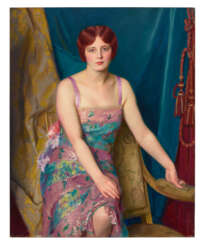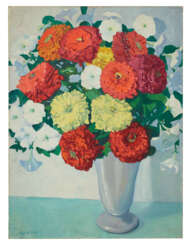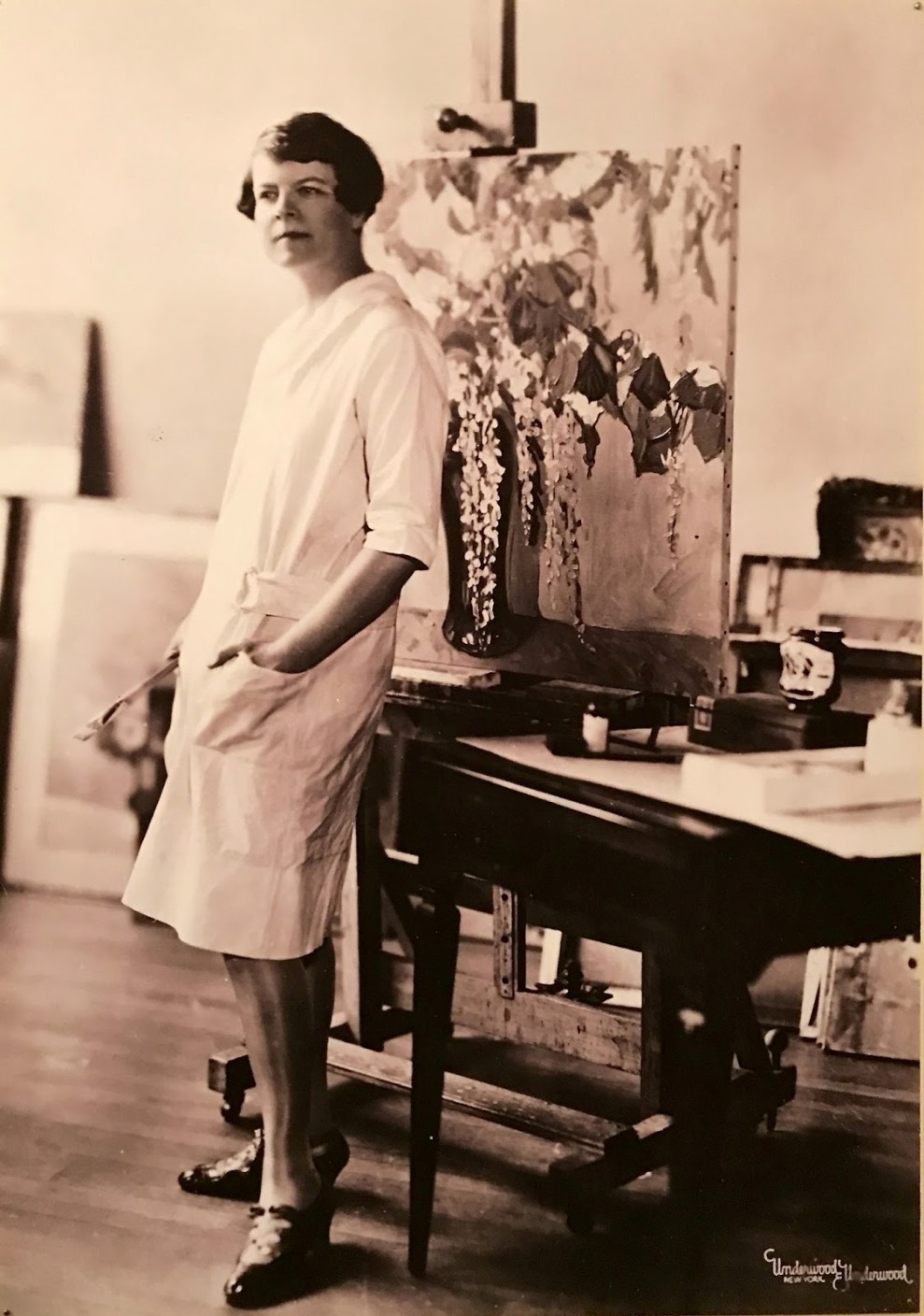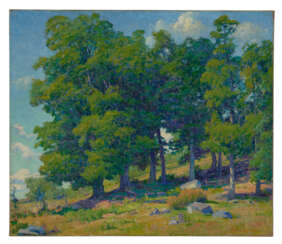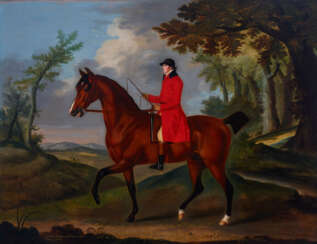
Paintings — The Collector: New York
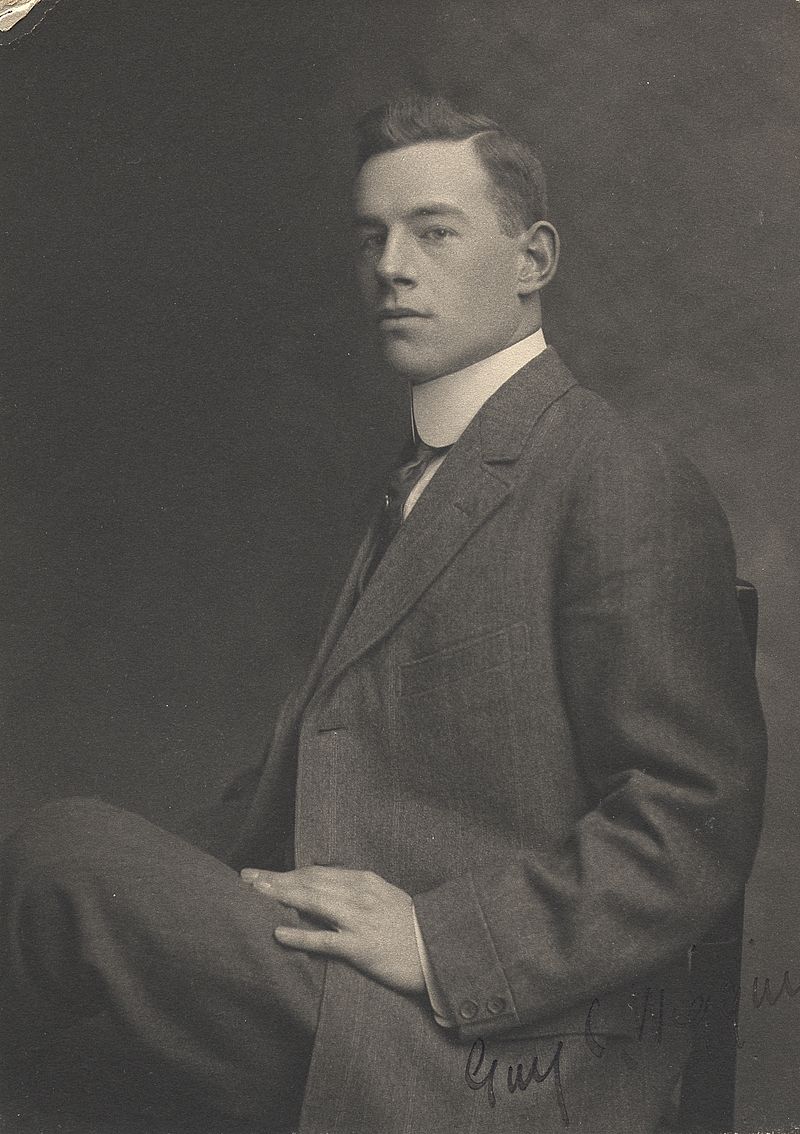
Guy Carleton Wiggins was an American artist known for his impressionistic winter landscapes, particularly those of New York City.
Wiggins began his artistic training at a young age and went on to study at the National Academy of Design and the Art Students League in New York City. He also studied in Europe, particularly in France, where he was heavily influenced by the Impressionist movement.
Wiggins is best known for his snowscapes, which often depict New York City streets, parks, and landmarks covered in snow. He used a technique of laying thick, impasto paint on the canvas, creating a sense of depth and texture in his paintings.
Wiggins was a prolific artist, producing over 3,000 works during his lifetime. He was a member of several art organizations, including the Salmagundi Club, the National Academy of Design, and the American Watercolor Society.
Today, his paintings can be found in numerous private and public collections, including the Metropolitan Museum of Art, the Smithsonian American Art Museum, and the White House.

Guy Carleton Wiggins was an American artist known for his impressionistic winter landscapes, particularly those of New York City.
Wiggins began his artistic training at a young age and went on to study at the National Academy of Design and the Art Students League in New York City. He also studied in Europe, particularly in France, where he was heavily influenced by the Impressionist movement.
Wiggins is best known for his snowscapes, which often depict New York City streets, parks, and landmarks covered in snow. He used a technique of laying thick, impasto paint on the canvas, creating a sense of depth and texture in his paintings.
Wiggins was a prolific artist, producing over 3,000 works during his lifetime. He was a member of several art organizations, including the Salmagundi Club, the National Academy of Design, and the American Watercolor Society.
Today, his paintings can be found in numerous private and public collections, including the Metropolitan Museum of Art, the Smithsonian American Art Museum, and the White House.

Guy Carleton Wiggins was an American artist known for his impressionistic winter landscapes, particularly those of New York City.
Wiggins began his artistic training at a young age and went on to study at the National Academy of Design and the Art Students League in New York City. He also studied in Europe, particularly in France, where he was heavily influenced by the Impressionist movement.
Wiggins is best known for his snowscapes, which often depict New York City streets, parks, and landmarks covered in snow. He used a technique of laying thick, impasto paint on the canvas, creating a sense of depth and texture in his paintings.
Wiggins was a prolific artist, producing over 3,000 works during his lifetime. He was a member of several art organizations, including the Salmagundi Club, the National Academy of Design, and the American Watercolor Society.
Today, his paintings can be found in numerous private and public collections, including the Metropolitan Museum of Art, the Smithsonian American Art Museum, and the White House.

Guy Carleton Wiggins was an American artist known for his impressionistic winter landscapes, particularly those of New York City.
Wiggins began his artistic training at a young age and went on to study at the National Academy of Design and the Art Students League in New York City. He also studied in Europe, particularly in France, where he was heavily influenced by the Impressionist movement.
Wiggins is best known for his snowscapes, which often depict New York City streets, parks, and landmarks covered in snow. He used a technique of laying thick, impasto paint on the canvas, creating a sense of depth and texture in his paintings.
Wiggins was a prolific artist, producing over 3,000 works during his lifetime. He was a member of several art organizations, including the Salmagundi Club, the National Academy of Design, and the American Watercolor Society.
Today, his paintings can be found in numerous private and public collections, including the Metropolitan Museum of Art, the Smithsonian American Art Museum, and the White House.
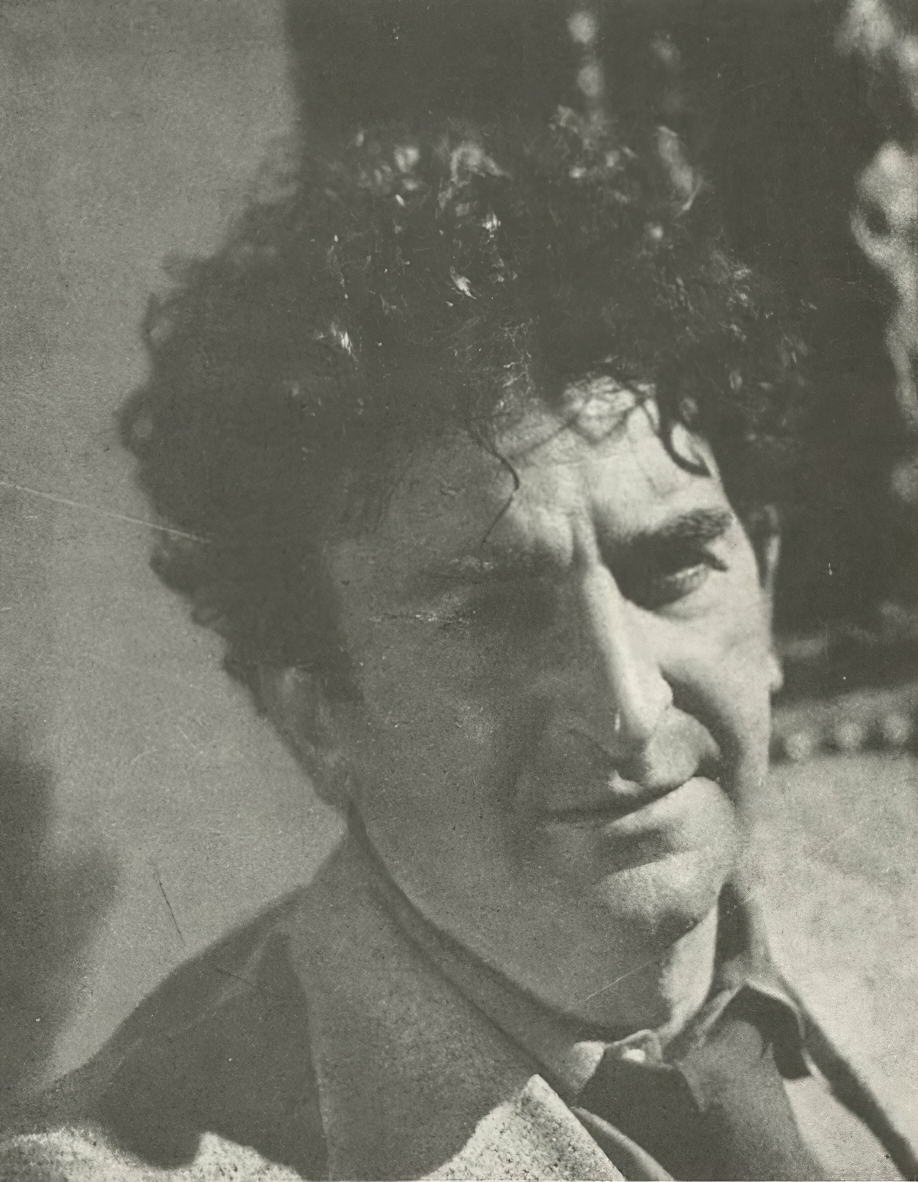
Abraham Rattner was an American artist known for his powerful and emotional expressionist paintings, as well as his work in sculpture, lithography, and other media.
Rattner studied art in New York City and Paris, where he was influenced by the modernist art movements of the early 20th century, including cubism, fauvism, and expressionism. He developed a unique style that blended elements of these movements with his own personal vision and experiences.
Rattner's paintings often featured deeply spiritual themes, such as the struggle between good and evil, the nature of human suffering, and the search for transcendence. His work was characterized by bold colors, dramatic brushstrokes, and a sense of raw emotional intensity.
Rattner was an important member of the New York School of Abstract Expressionism, and his work was exhibited in many prominent galleries and museums, including the Museum of Modern Art in New York City and the Art Institute of Chicago. He was also a prolific writer and lecturer, and his work was the subject of several books and monographs.
Today, Rattner's paintings and other artworks can be found in the collections of museums and private collectors around the world. He is considered one of the most important American expressionist artists of the 20th century, and his work continues to be celebrated for its emotional power and spiritual depth.
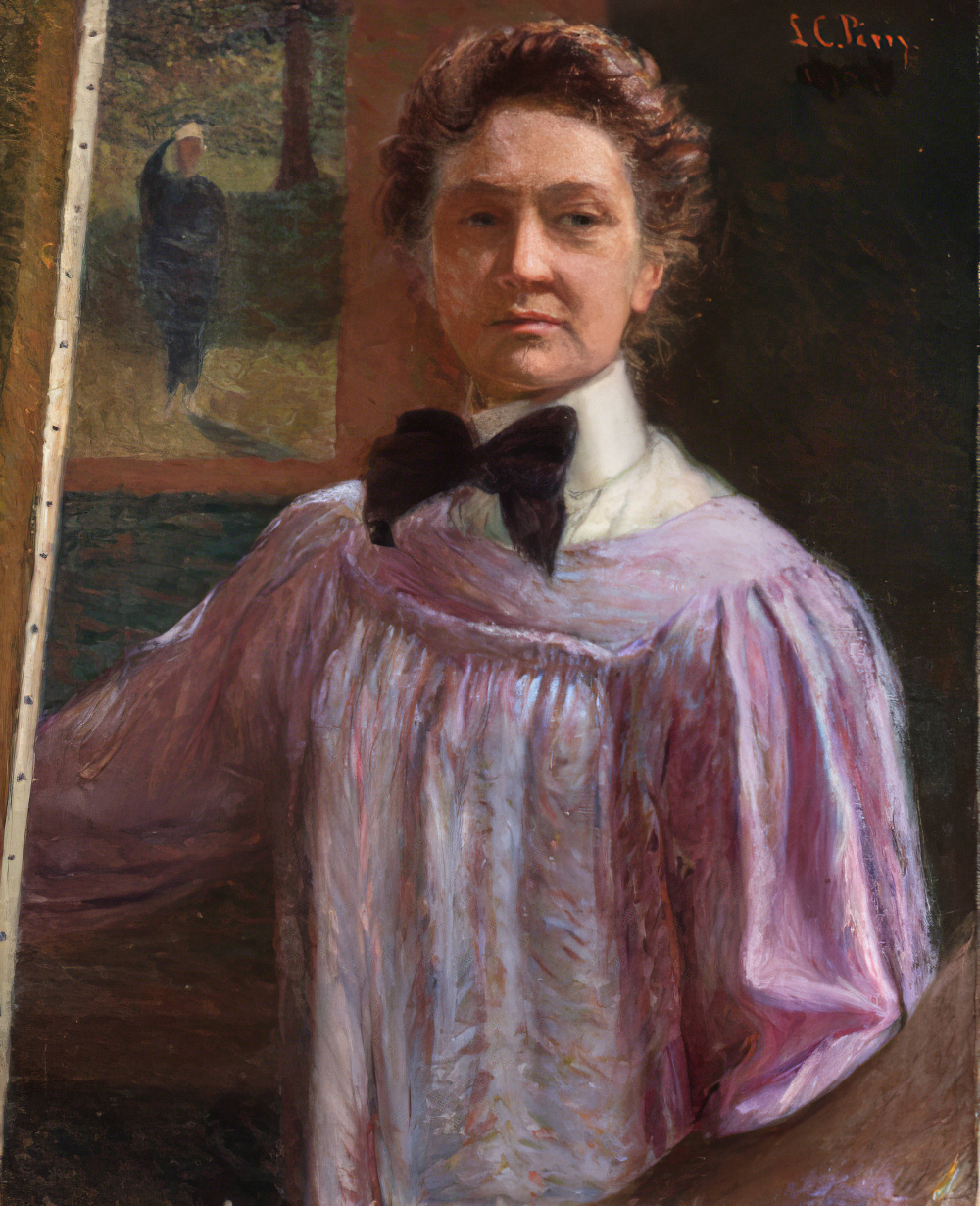
Lilla Cabot Perry, birth name Lydia Cabot Perry, is an American impressionist painter.
Lydia Cabot Perry began painting after her marriage and the birth of her children. Some time spent in Japan and France, where she painted a lot. After meeting Claude Monet, which took place in 1894, the artist sharply changes his style and technique of image. Among other genres, she favoured landscape painting.
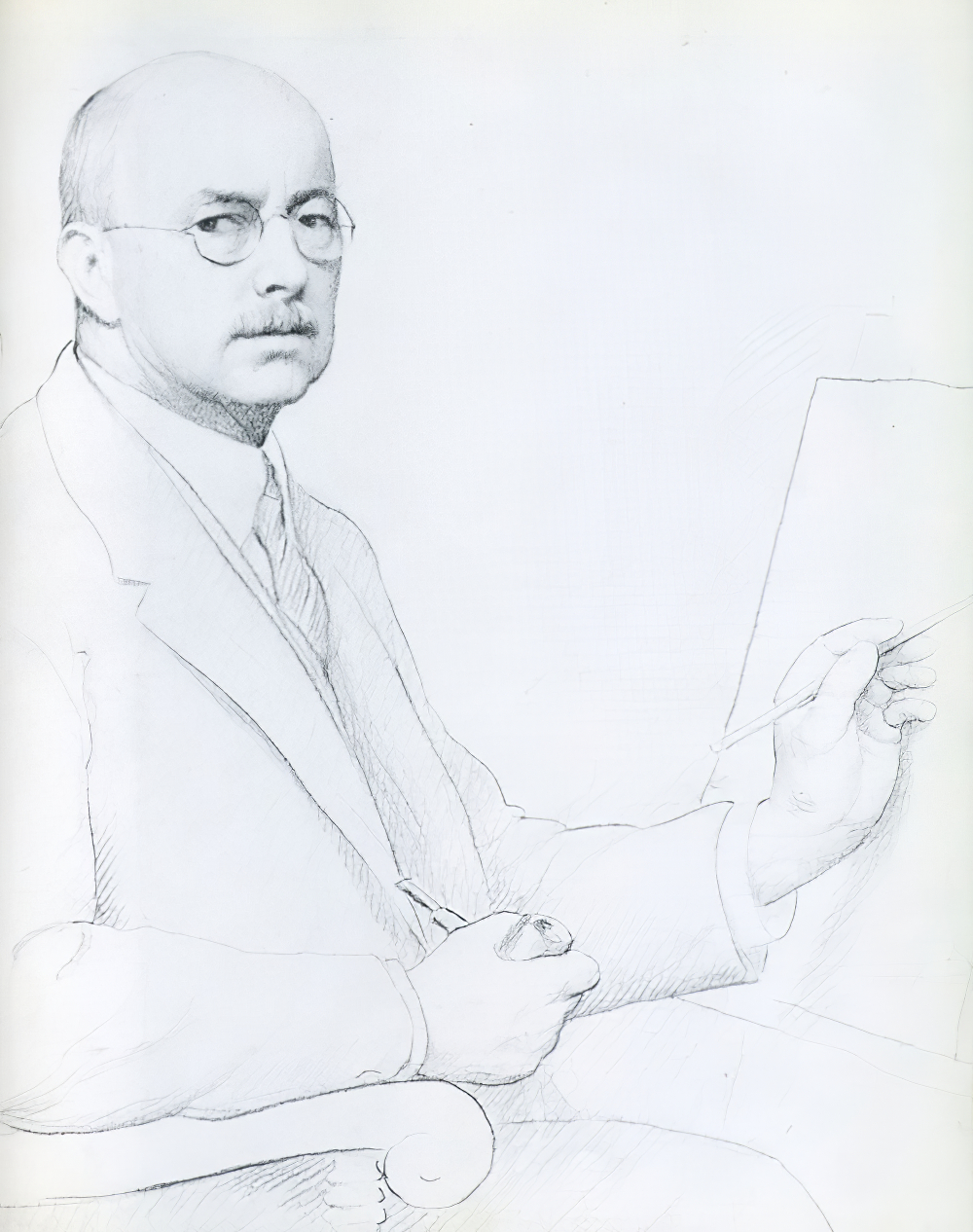
William McGregor Paxton was an American painter. He was known for his realistic, highly polished portraits and genre scenes that often depicted wealthy, fashionable women in elegant settings.
Paxton studied at the Cowles Art School in Boston and the Academie Julian in Paris, where he was influenced by the work of the French Academic painters. He later became a prominent member of the Boston School of painters, who were known for their meticulous attention to detail and focus on classical technique.
Paxton's paintings were highly sought after by collectors and he received numerous awards and honors during his career, including the Lippincott Prize from the Pennsylvania Academy of the Fine Arts in 1906 and the National Academy of Design's Altman Prize in 1913. He also taught at several art schools, including the Museum of Fine Arts, Boston and the Art Students League of New York.
Today, Paxton's paintings are held in many important public and private collections, and his legacy continues to inspire and influence contemporary realist painters.
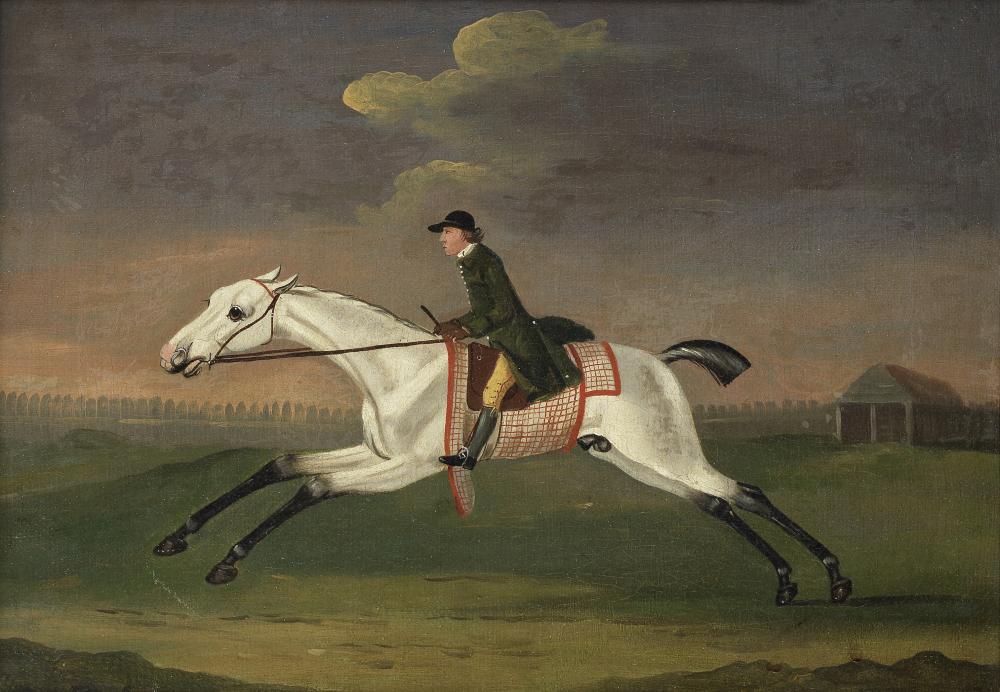
Francis Sartorius the Elder was a British animal painter.
Francis was the son and pupil of John Sartorius (c.1700-1780), an animal painter and founder of a four-generation dynasty of the famous Sartorius family of artists.
Francis Sartorius was a prolific and popular artist whose main subject matter was horses, racing and hunting scenes. He also collaborated with magazines as an illustrator.
His son John Nost Sartorius (1759-1828) and grandson John Francis Sartorius (1775-1831) were also famous horse painters.
